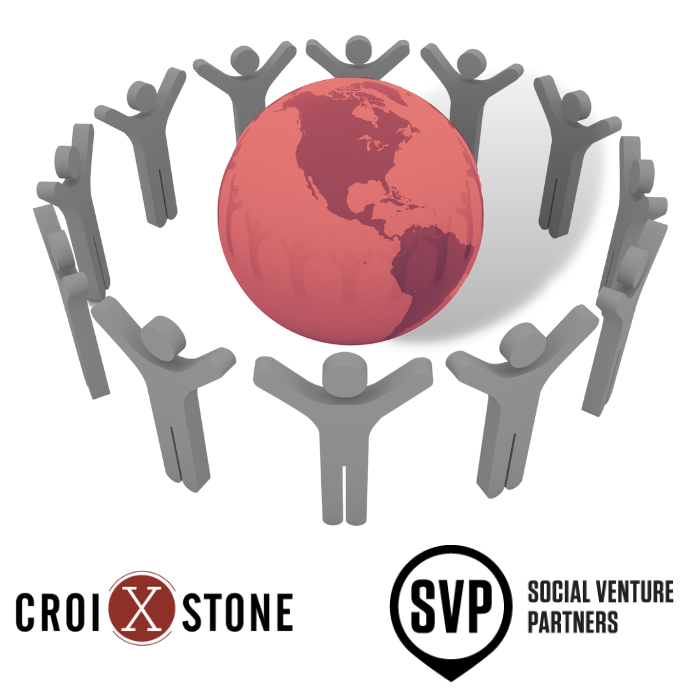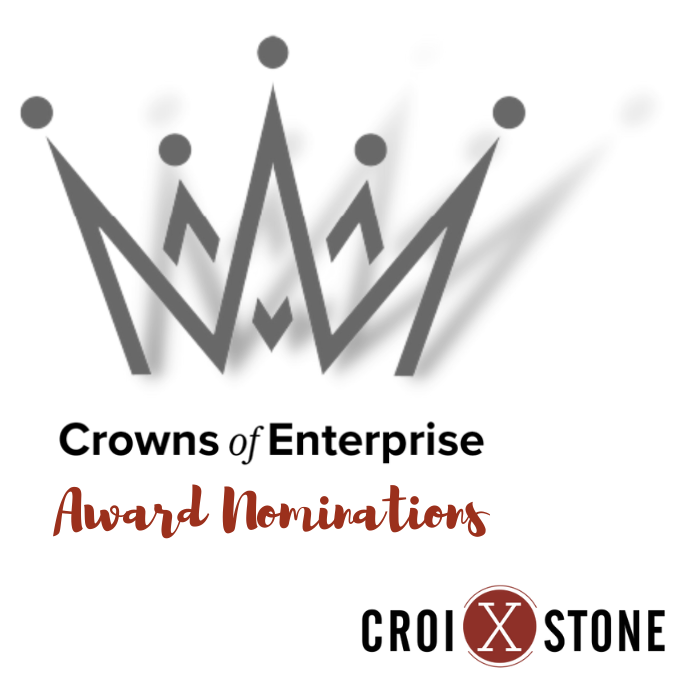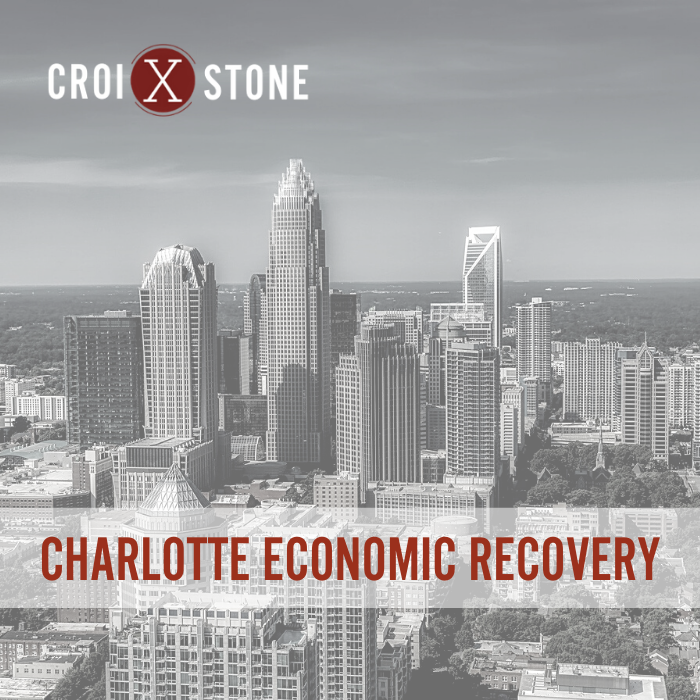The Charlotte Ledger 40 Over 40 Awards Celebration
The Croixstone team is joining The Charlotte Ledger and U.S. Bank on Thursday evening, April 28, to celebrate this year’s honorees of local Charlotte unsung heroes aged 40+ who are doing great things in our community. We are looking forward to a fun night honoring The Charlotte Ledger’s amazing 40 Over 40 winners from 2020, 2021, and this year.
The honorees from 2021 include our very own Patti Weber, CEO and co-founder. Read more about Patti here.
Congrats to 2022’s winners! We look forward to seeing you on Thursday!










